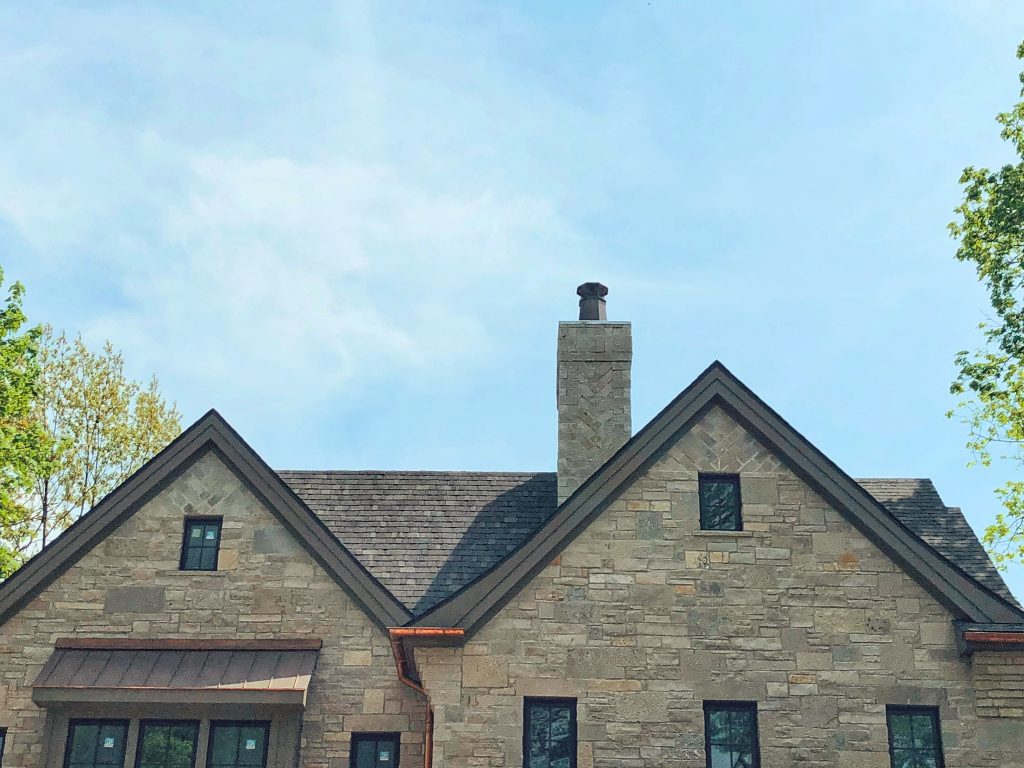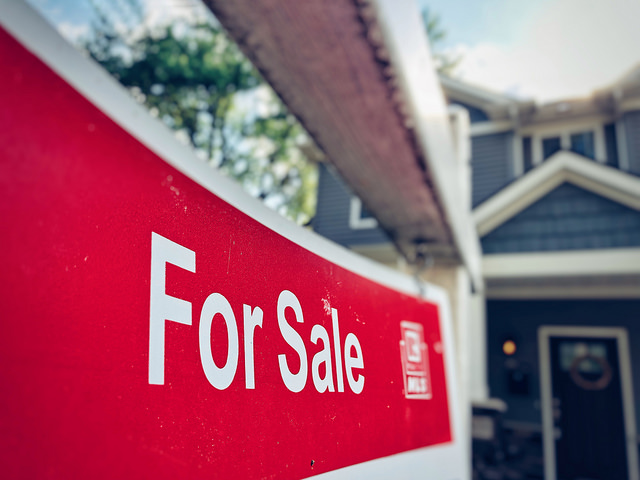Housing market conditions differ from one location to the next. It’s true within metro areas and certainly from state to state. Buyers in California, for example, will most likely encounter a different dynamic than buyers in Ohio. That’s common knowledge. But while conditions can definitely vary by location, the latest results from the S&P Case-Shiller Home Price Indices, show home prices are climbing almost everywhere. “The ongoing recovery in home prices is broadly based,” Craig J. Lazzara, managing director at S&P, says. “Home prices peaked in June 2022, declined until January 2023, and then began to recover.” According to Lazzara, S&P’s National Composite index rose 1.3 percent in April (repeating March’s performance), and now stands 2.4 percent below its June 2022 peak. The indices – considered among the leading measures of U.S. home prices – not only found national numbers just below last year’s high, they also show month-over-month increases in all 20 major metropolitan markets included in the report. (source)













